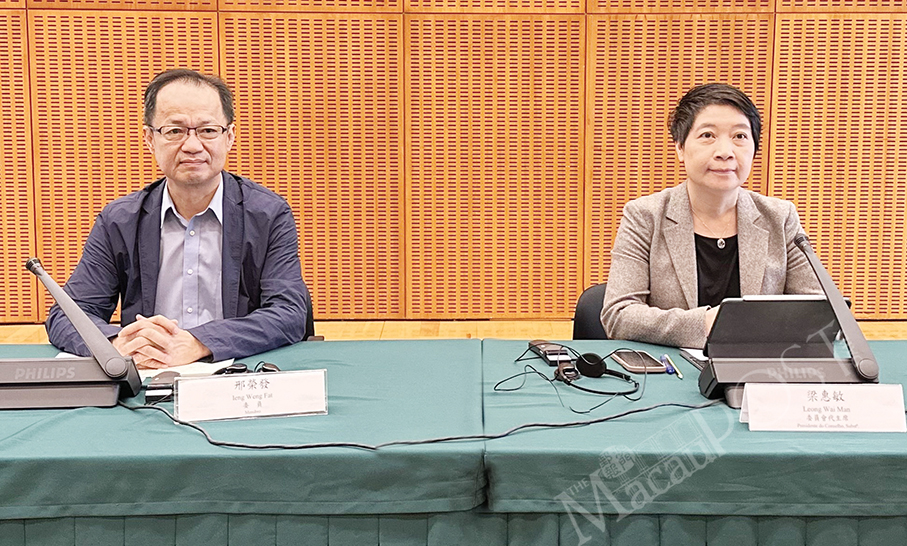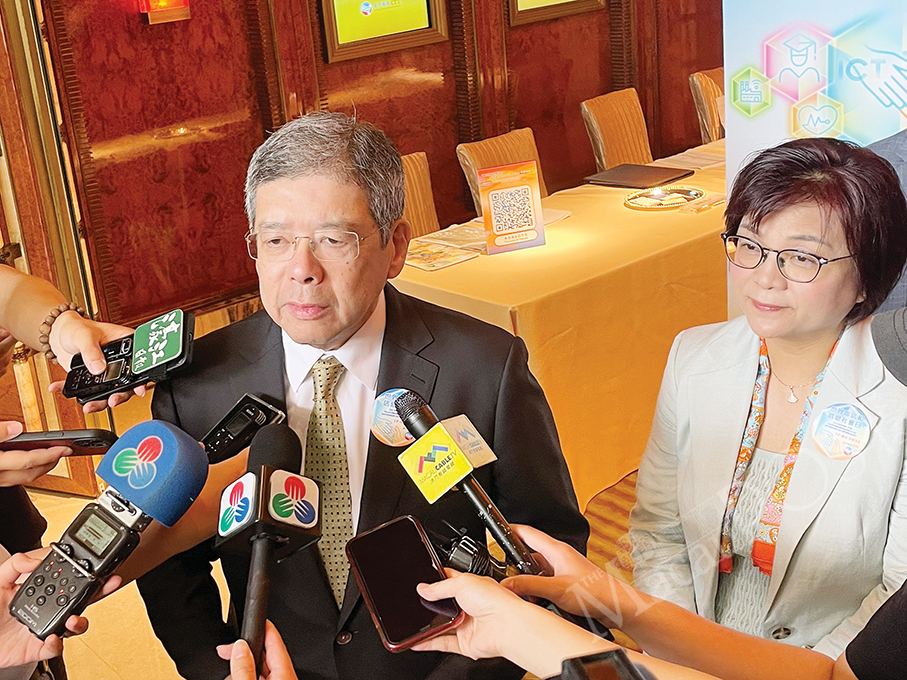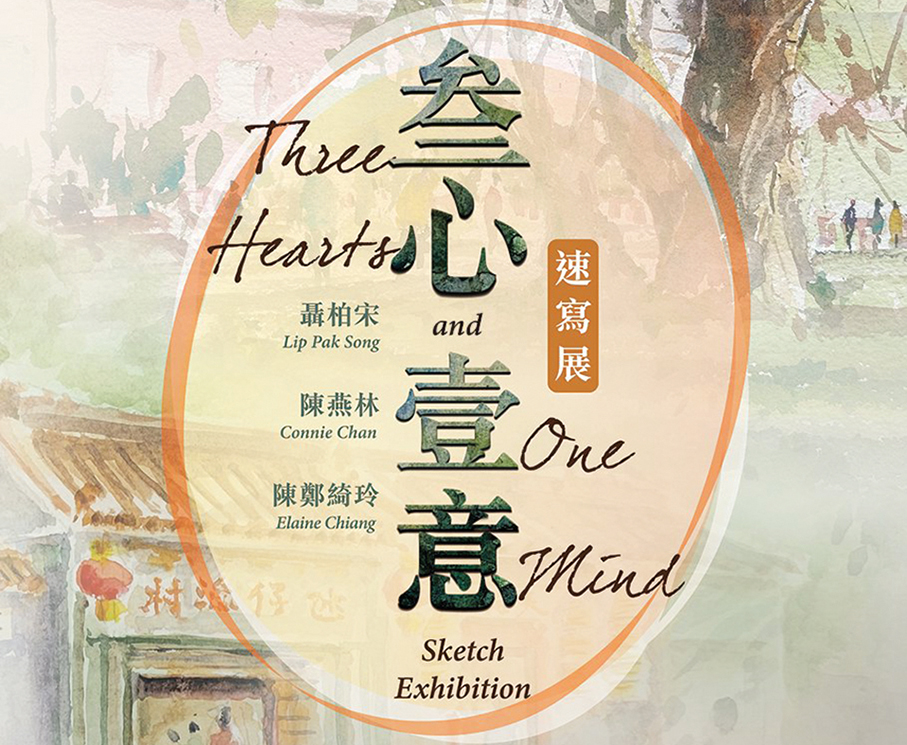Cultural Development Consultative Committee Vice President Leong Wai Man said yesterday that the 150,000 and 59,000 visitors who descended on the Mount Fortress and Rua da Felicidade areas, respectively, during the six-day Macau Grand Prix on November 11-12 and November 16-19 showed that the effectiveness of the events held in the two areas reached the government’s expectations.
According to Leong, who heads the Macau Cultural Affairs Bureau (IC), the number of visitors to the pedestrianised Rua da Felicidade (“Street of Bliss”) during the Mid-Autumn Festival holiday exceeded 53,000.
The areas including and surrounding Mount Fortress and the pedestrianised Rua da Felicidade neighbourhood are parts of an ongoing revitalisation programme by the government in conjunction with the city’s six integrated resort (IR) operators. The two areas’ revitalisation involves Melco and Wynn respectively.
Leong made the remarks during a press conference after this year’s seventh meeting of the government-appointed committee at the Macau Cultural Centre in Nape about the revitalisation programme.
In line with the government’s six new gaming concessions which stress the IR operators’ requirement to invest in non-gaming attractions, SJM, Galaxy, Wynn, MGM, Melco and Sands are taking part in the government’s programme to revitalise six historic areas in the peninsula, Taipa and Coloane, namely the Avenida de Almeida Ribeiro area, Coloane’s Lai Chi Vun Shipyards, the pedestrianisation of Rua da Felicidade (“Street of Bliss”), the Barra (Inner Harbour entrance) area, Pier 23 and Pier 25 in the Inner Harbour district, and the Mount Fortress area, as well as Taipa’s Iec Long Firecracker Factory.
Leong said that each IR operator will launch their respective area events during the Christmas holidays, adding that an announcement on the final decision would be made in due course.
Leong reaffirmed that the government, together with the six IR operators, will continue the revitalisation of Macau’s six historic areas by carrying out more diversified and innovative leisure programmes, aiming to inject cultural and tourism attractions into the half a dozen areas. She also redefined the government’s “revitalisation” concept, pointing out that it did not mean to retain all the old buildings in a certain area affected by a lack of economic vitality.
During the about two-hour-long closed-door meeting, according to Leong, her bureau briefed members of the committee on the past activities at each of the six revitalised neighbourhoods and their effectiveness, and discussed its plans and ideas for future activities, with a view of giving better play to the features and advantages of each area’s cultural resources.
Ieng Weng Fat, a member of the committee, quoted his fellow members as saying during the meeting that they supported the government’s programme on revitalising Macau’s historic areas. He also said that some members have paid special attention to the revitalisation and conservation of the legendary “Casino Macau Palace” ship at Pier 14 in the Inner Harbour district, close to the Ponte 16 casino-hotel, hoping that the government will make good use of the area’s cultural resources which, according to Ieng, are a part of local people’s collective memory.

Cultural Development Consultative Committee Vice President-cum-Cultural Affairs Bureau (IC) President Leong Wai Man (right) and Ieng Weng Fat, a member of the government-appointed committee, host yesterday’s press conference after this year’s seventh plenary meeting, at the Macau Cultural Centre in Nape. – Photo: Yuki Lei






